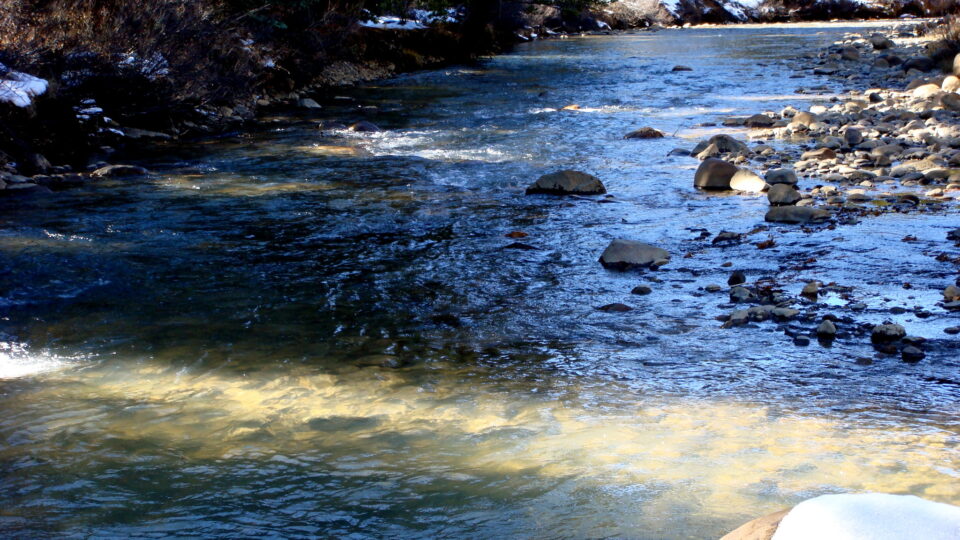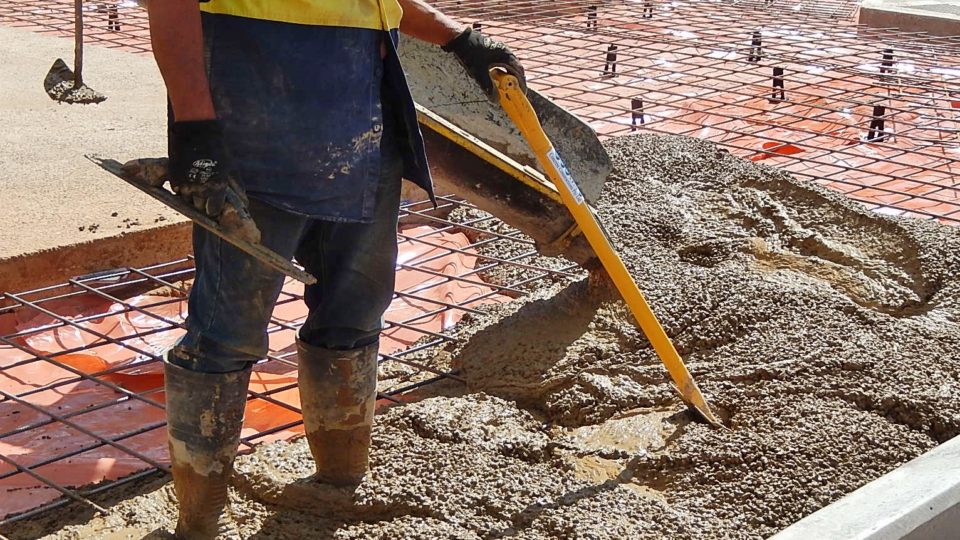A new study published by the University of Colorado Boulder looked at the problem of rivers being contaminated by acid rock drainage. Rocks that include sulfide-based minerals, such as pyrite, oxidize when exposed to air and water. The resulting chemical reaction produces sulfuric acid which, when present in water, dissolves metals like lead, cadmium, and zinc. The recent study found that rare earth elements are also leached out of rock by this process.
Rock drainage occurs naturally throughout the western United States, but historic mines that disturbed large amounts of rocks and soil have dramatically increased this process and have led to growing downstream water pollution. Upwards of forty percent of the headwaters of major rivers in the West are contaminated by some form of acid mine or rock drainage.
The warming climate has brought longer summers and less snow in winters. Longer, lower stream flows make it easier for metals to leach into watersheds and concentrate the metals that would otherwise be diluted by snowmelt.
Rare earth elements are essential components of many high-tech devices such as computers, hard drives, and cell phones. There is not a long history of studying the hazards they might represent when they enter the environment.
The study looked at the Snake River watershed in Colorado and found that increasing amounts of rare earth elements are entering Colorado water supplies. Concentrations of rare earth elements are not ordinarily monitored and there are no water quality standards set for them.
According to the researchers, once rare earth elements get into water, they tend to stay there. Traditional treatment processes don’t remove them. It is a growing problem that needs to be addressed.
**********
Web Links
Rare earth elements and old mines spell trouble for Western water supplies
Photo, posted October 27, 2007, courtesy of Dion Gillard via Flickr.
Earth Wise is a production of WAMC Northeast Public Radio.


